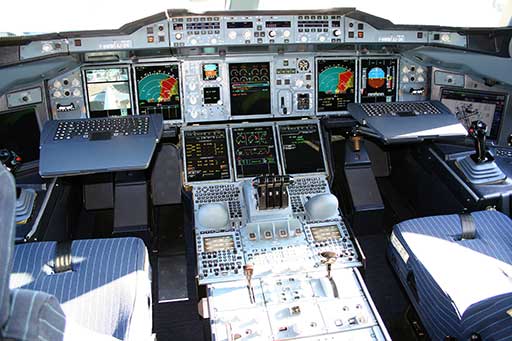4.7 Summary of Section 4
It is no trivial matter to physically design something for people to use. The ergonomics of design engineering can be a very complex aspect of design, but simply being aware of people’s sensitivity to physical variation can be useful as a designer. Even better, perhaps, is to realise that placing people at the centre of any design process can help you to tackle difficult ‘human’ design problems.
As you have seen, designing for the ‘average’ or majority in a population means you often ignore other large parts of the population. This can have a particularly significant effect on population groups that lie outside the average groupings, such as children, older people or wheelchair users. One way of approaching this is to design in order to suit as many people as possible, or even for all people in any population. This is known as inclusive or universal design.
Taking this approach for the desk example, the challenge is to create a surface that is suitable for as much of the population as possible. This then becomes the new design driver – to solve the problem of a desk that is adjustable to suit a wide range of users. This changes the original design question, but it also expands the potential user market. Remember, you started considering only your own height and preference (a market of 1 person) – designing for a wider range of the population automatically means creating a more accessible product for all users of that design. In fact, most desks attempt to do precisely this and have adjustable feet to ensure that they are adaptable to as wide a range of people as is reasonably possible.
But physical variation is not the only human issue a designer must consider – the attitude and thinking of people is also a hugely important area of study. Like ergonomics, this is almost a whole discipline in itself, called human factors. It deals with how people think, react and interact with products, systems and services. As with ergonomics, it is essential to recognise how important this can be for the success of any design. Research shows that the way people feel about a design has a huge impact on how they use that design – whether they persist with it, use it correctly or simply ignore it.
Take your desk height as an example. If the desk were to be fully prototyped using different materials, you might feel very differently about each height depending only on the material. Some research even shows that your very posture changes depending on how much you like your desk!
Similarly, the design of instrument and control panels for complex systems has to consider how people read, use and interact with them – the design cannot only consider functional requirements. Modern cockpits in large commercial aeroplanes, for example, are designed specifically to take account of how people use and interact with the instruments; Figure 19 shows an example. Designing with the user in mind throughout the process is known as user-centred design.

By placing the user of a design at the centre of the design process, the focus of the project shifts from what is often a static perspective (considering certain aspects only) to a more active view of design (how certain aspects work in the real world). Unfortunately, changes in aeroplane design came only after a series of major failures, where it was recognised that changing the way information was presented to pilots would allow them to make better decisions. The lesson from this is simple – never ignore the user in any design project.
This section has guided you through a short design process. It started with a general exploration of desk height; you then made use of direct knowledge, then tried something to test your ideas and finally checked what you did. If you were to repeat this process and improve the starting question, you would be able to repeat and improve what you did each time. This repetition and improvement is known as iteration, and it is the essence of design – starting somewhere, thinking about it, doing something, then checking it, and repeating the whole cycle until it works the way it needs to.
At each stage you also used a range of types of thinking and processes, both analytical and creative, to ‘think through’ the problem one step at a time. Each time you did this, what you found informed the next stage in the process – all with the overarching aim of responding to the original question posed. Design is not simply doing one thing or applying one kind of approach – it is a process that incorporates a range of skills, attitudes and approaches.
